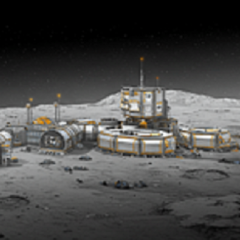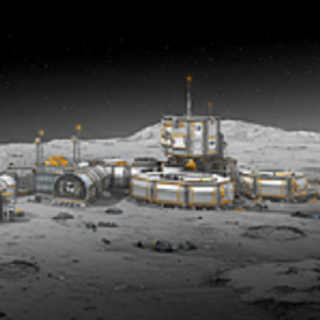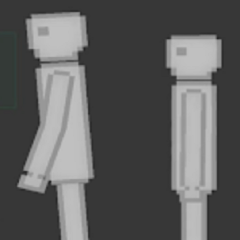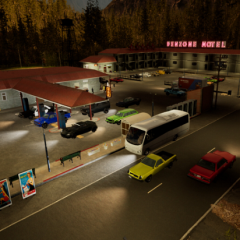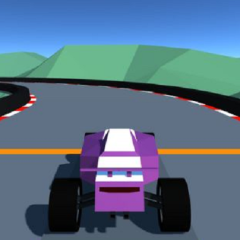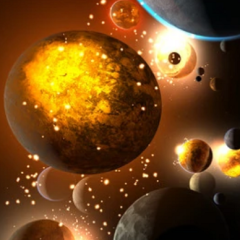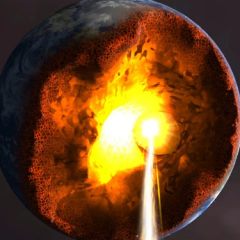Space Simulator is a technical spaceflight program that models spacecraft operation under realistic orbital mechanics. It gives users full control of launch, navigation, and landing while maintaining accurate physical laws. The goal is to complete missions within a stable gravitational field by adjusting velocity, trajectory, and engine output. Each flight represents a sequence of calculations and corrections that reflect actual space travel dynamics.
Mission Structure And Objectives
Players start with a single spacecraft and select a mission plan. Each mission defines its destination, fuel supply, and required maneuvers. Objectives range from reaching low orbit to landing on distant moons. During flight, users must monitor velocity, orientation, and resource levels. The interface displays trajectory paths and orbital markers that help in adjusting movement. Every stage requires careful planning to maintain a functional orbit and avoid loss of control.
Spacecraft Design And Operation
Each vehicle in Space Simulator consists of modular components that perform specific roles in propulsion and stability. The design affects maneuverability, thrust efficiency, and fuel duration. Players must control engine burns, manage attitude orientation, and maintain balance through reaction systems.
Main elements of spacecraft design include:
· propulsion stages and fuel systems
· navigation modules and control panels
· lander components for descent
· power and life-support sections
· communication and telemetry systems
These integrated parts work together to simulate accurate behavior under gravitational influence and limited resources.
Simulation Tools And Custom Scenarios
Space Simulator offers various tools for plotting orbits, calculating transfers, and monitoring flight parameters. Users can build custom missions by setting launch points, target bodies, and atmospheric conditions. The data panel provides detailed measurements of acceleration, fuel burn, and thrust direction. Real-time adjustments allow for course corrections during interplanetary travel. Scenarios may include satellite placement, docking sequences, or return flights, each requiring different planning and control strategies.
Space Simulator continues to function as a framework for understanding real orbital physics and spacecraft management. It provides an environment where each mission depends on calculation and timing. The simulation supports both structured campaigns and open exploration, allowing players to test how spacecraft respond to gravity and propulsion in a consistent physical model. Through controlled experimentation, it demonstrates the practical mechanics that govern human and automated flight beyond Earth.

